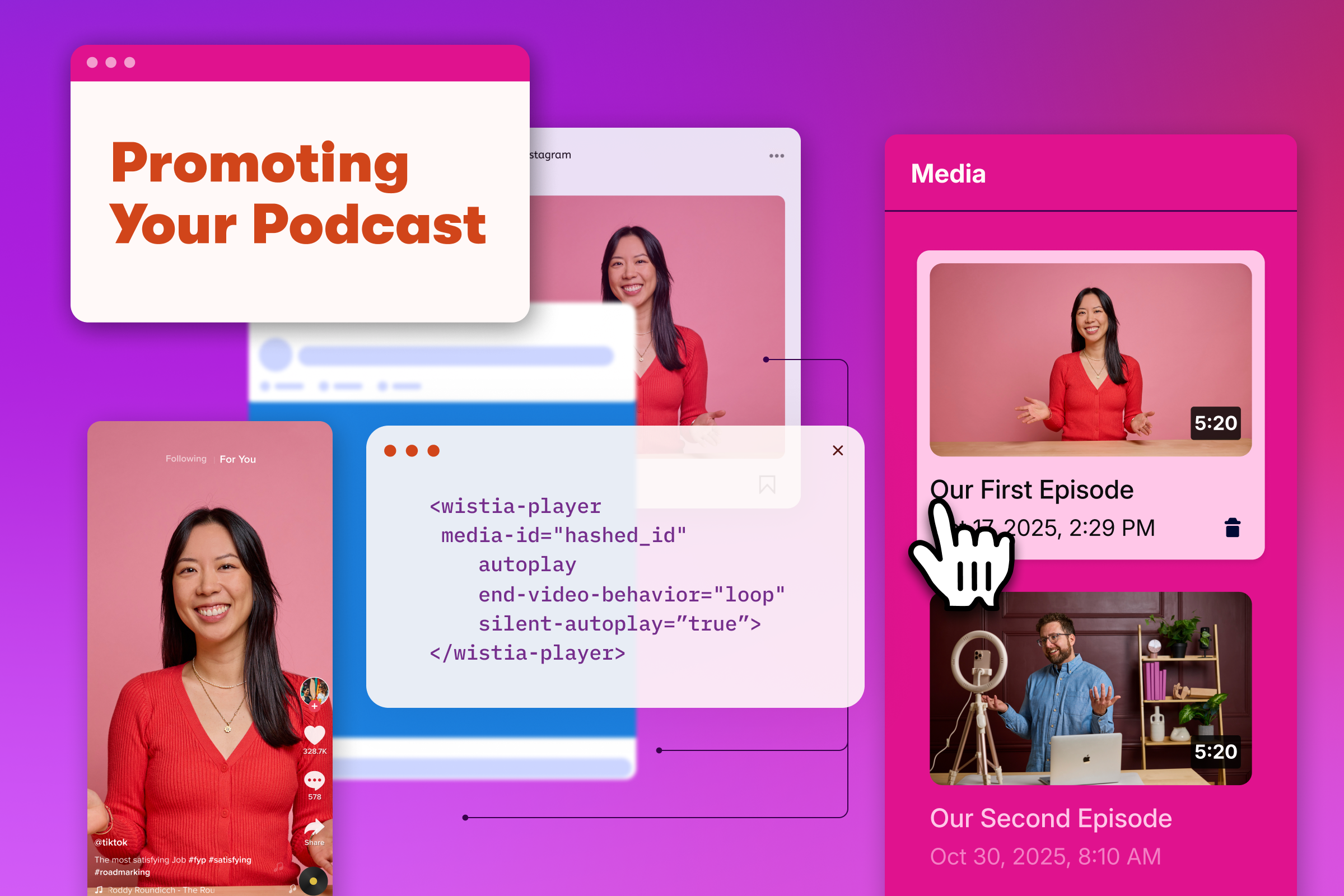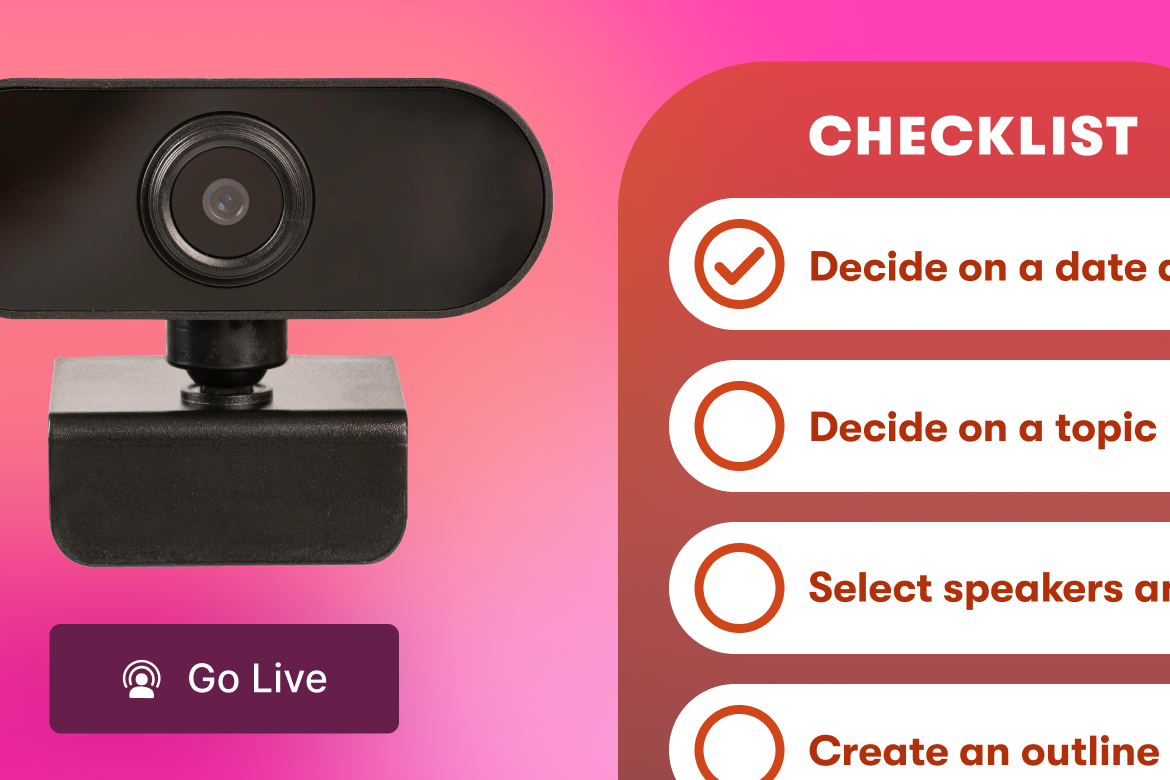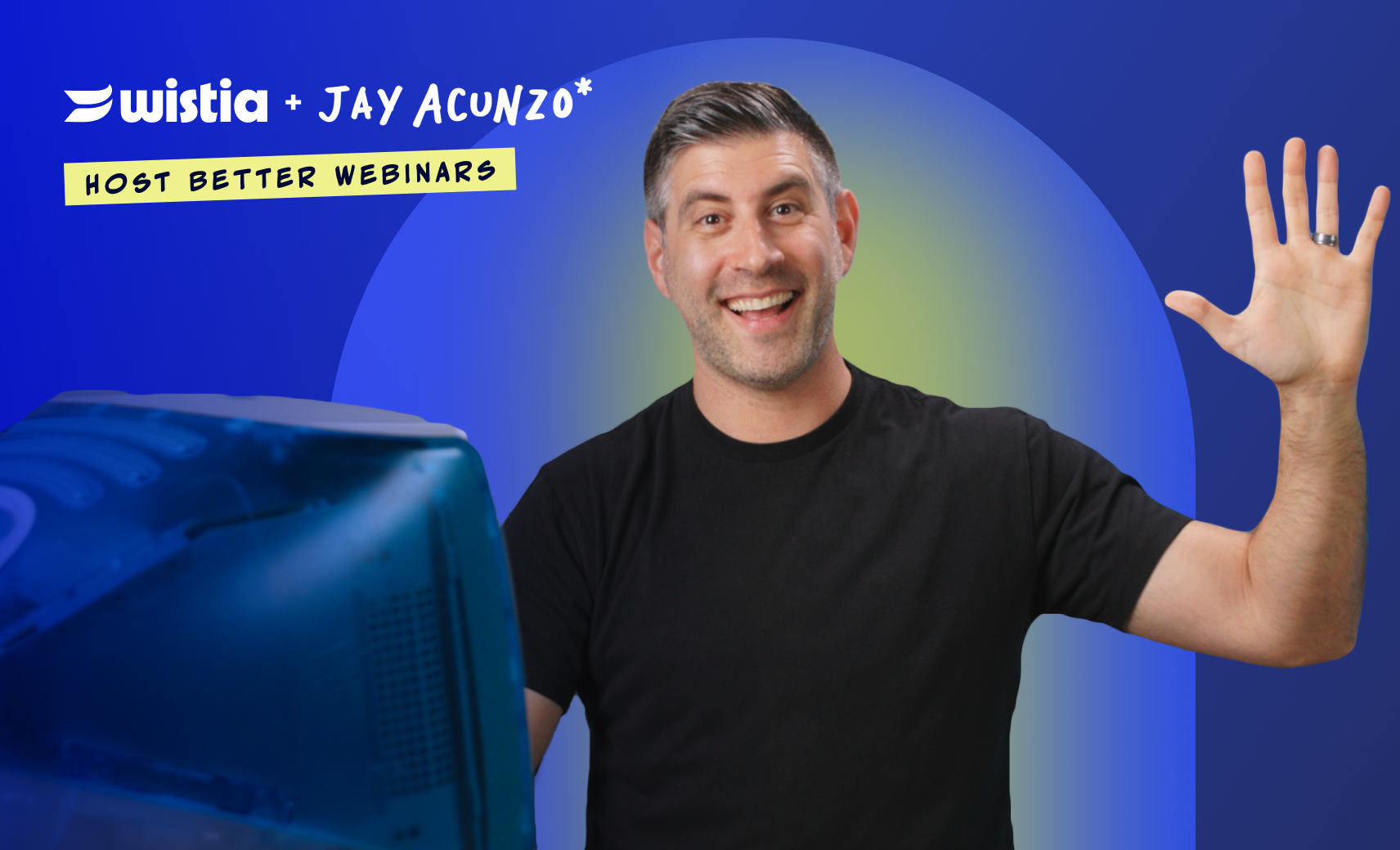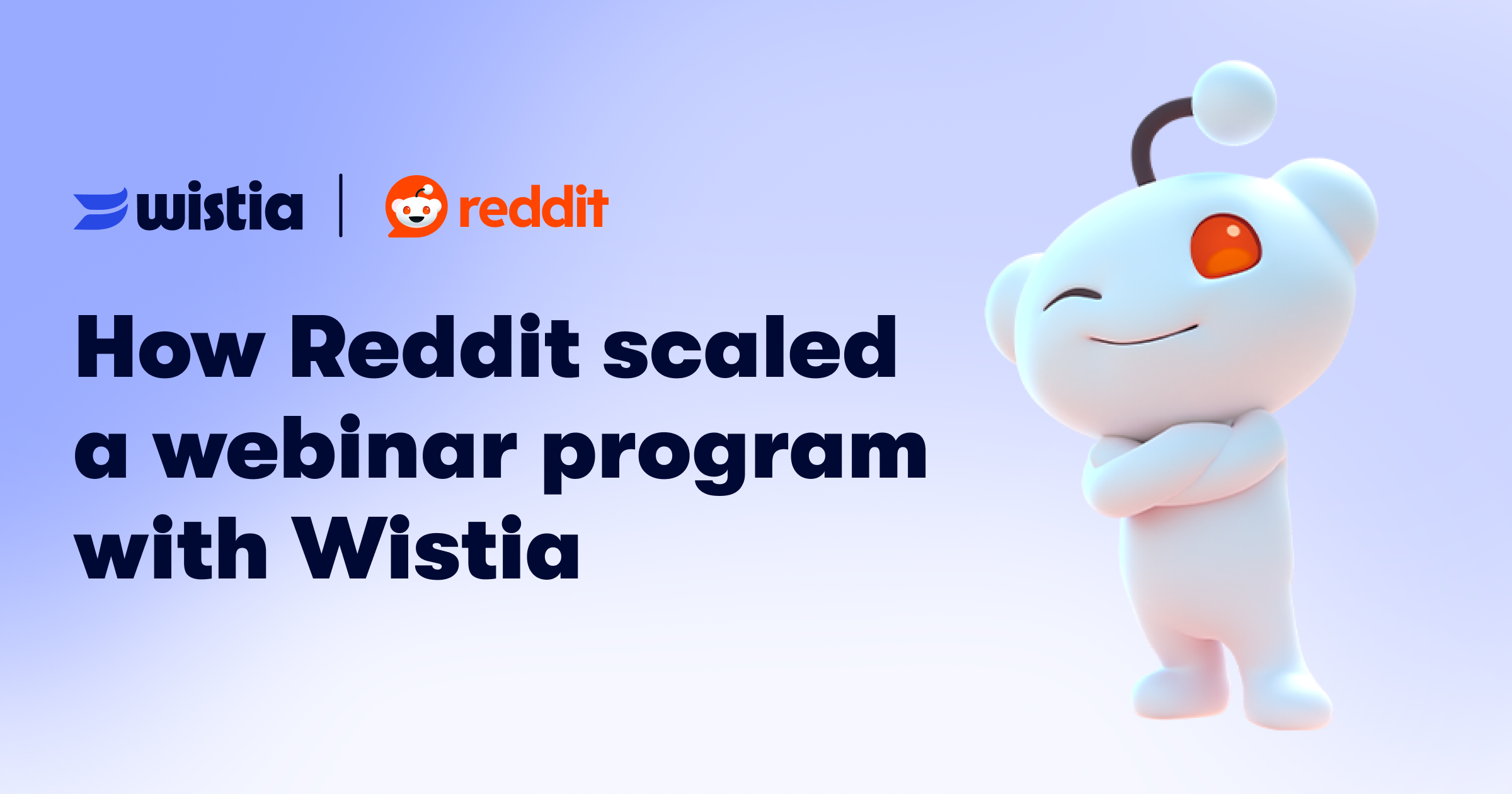17 Ways to Promote Your Podcast like a Pro
October 23, 2025
Topic tags

You’ve created a podcast you’re proud of. The episodes are polished, the stories are engaging, and your artwork looks sharp.
Now it’s time to get people to hit play.
Here’s 17 proven tips for promoting your podcast and growing your audience.
Email marketing
Your email list is gold because it’s full of people who already want to hear from you. Use it to drive more listens and keep subscribers coming back.
1. Promote new episodes in your newsletter
If your podcast ties into the topics covered in your newsletter, it’s a natural place to promote new episodes. The key is relevance. Don’t just drop in a random episode link. Make sure the podcast topic connects to the newsletter’s theme or content.
Instead of cramming in a full summary, keep the copy short and focused. For example, “Want a deeper dive into [topic]? Tune into our latest episode on [episode title].”
It’s best to skip embedding the full episode in your email as it can slow load times and hurt deliverability. Add a clear hyperlink to the podcast or use a thumbnail with a play button that links directly to the episode.
“We don’t promote every episode in the newsletter. But when a topic strongly aligns with our audience’s interests (like accessibility, video strategy, or marketing tips), we absolutely highlight it. Usually with a video thumbnail and short episode blurb!”Sylvie Lubow
Podcast Producer, Wistia
2. Add CTA and link in email signatures
Think about how many emails you and your team send every single day. That’s a lot of opportunities to get your podcast in front of people, just by adding a short call to action and a link in your email signature.
The key is to be strategic. The folks who regularly talk to your target audience should be the ones to promote the show. If your listeners are your customers or prospects, customer-facing teams are a natural fit.
But if your audience is, say, B2B entrepreneurs, it might make more sense for your CEO or other team members who network with industry leaders to include the link instead.
Either way, it’s a low-effort, high-visibility way to grow your audience.
Here’s an example of the email signature banner we created for our podcast, Talking Too Loud:
3. Set up an email series for new subscribers
Don’t let new subscribers miss your best work. Set up an automated email series to introduce them to your top episodes, like a guided tour through your greatest hits. Space the emails out over a few days or weeks, so listeners have time to tune in and keep your show top of mind.
You can also use emails to build hype for the next episode. Tease upcoming guests, drop hints about hot topics, or share behind-the-scenes tidbits. It’s a great way to keep your audience engaged and to deepen their connection to your show.
Your website and blog
6. Create a dedicated podcast landing page
Make it easy for listeners to find, binge, and subscribe to your show by giving it a home of its own on your website. A dedicated landing page lets people explore your back catalog, discover hidden gems, and subscribe on their preferred platform.
To make life easier, add search filters or group episodes by topic so visitors can quickly find what interests them most.
For example, Lavender Land, a podcast series from the email intelligence platform Lavender AI, makes it easy for visitors to browse episodes and jump right into the ones they want to watch or listen to.
8. Repurpose transcripts into blog posts
Your podcast is packed with valuable insights, don’t let them stay hidden in the audio. Use transcripts to pull out quotes, craft search-friendly summaries, or turn an entire episode into a blog post.
Repurposing content makes it easier for people to discover your show through search, gives you more to share on social, and makes your podcast accessible to folks who prefer reading over listening.
9. Embed episodes into relevant blog posts
If you have a blog post that dives into a topic covered on your podcast, embed the episode right there in the post. It’s an easy way to connect your written and audio content, to give readers more depth and drive traffic both ways.
Relevance is what gets people to hit play. Make sure the episode truly relates to the post’s topic. And an added benefit, a well-placed embed can keep visitors on your site longer and help new listeners discover your show.
Podcast platforms
Get your podcast discovered by making it easy to find on listening apps and in Google search results.
10. Write episode titles and descriptions for search
A great title and description can be the difference between someone clicking play or scrolling right past your episode. Use keywords your audience is searching for, highlight the benefits of listening, and add a hook that piques curiosity.
Don’t forget, your show notes don’t have to live only on listening platforms. Post them on your website for extra SEO value and more ways for people to find your show.
11. Submit your podcast to all major directories
The more places your podcast lives, the more chances people have to discover it. Make sure your show is available on all the big platforms: Spotify, Apple Podcasts, Google Podcasts, and any niche directories your audience might use.
Some podcast-specific directories to consider listing your podcast include:
Greater availability is a simple step that can dramatically expand your reach and get your episodes in front of more ears.
12. Link back to your site
Wherever people find your podcast, make sure there’s a clear path back to your website. And every major directory you submit to should include a link that points listeners to where they can learn more, explore your back catalog, and subscribe.
Paid ads
With the right targeting, even a small budget can give your podcast a big lift.
13. Use paid social to promote your top episodes
Take your best-performing episodes or standout clips and give them an extra push with paid social ads. Target lookalike audiences that match your ideal listener to reach people that are most likely to tune in.
It’s a smart way to amplify what already works and attract new listeners who might not have found your show yet.
14. Test audio podcast ads on other shows
One of the best ways to find new listeners is to show up where they’re already listening. Partner with podcasts that share your audience and run short, native-style ads promoting your show.
Keep the ads conversational and on-brand, like a friendly recommendation rather than a hard sell. The more natural it sounds, the more likely people are to check out your podcast.
Community and guests
Podcasts perform better when they feel like a conversation. So bring your guests and community along for the journey.
15. Ask guests to promote their episode
Your guests can be some of your best promoters, especially if you make it simple for them to share. Send them ready-to-use assets, graphics, short video clips, and pre-written captions, along with a direct link to the Wistia-hosted version of the episode.
The easier you make it, the more likely they are to share. Co-marketing like this expands your reach, taps into new audiences, and gives your episode extra momentum.
16. Share your podcast in niche communities
Find the online spaces where your audience already spends time, then join the conversation. Consider spaces like:
- Slack groups
- Subreddits
- LinkedIn groups
Add your voice and insights to the conversation. You’ll build trust by showing up consistently and adding value. When it’s relevant, share your podcast as a helpful resource, instead of a self-promo. This will get your episodes in front of people who are genuinely interested in your topics.
17. Use podcast swaps to co-promote
Team up with other shows in your niche to reach new listeners. You can guest on each other’s podcasts, trade short promos, or swap shout-outs in upcoming episodes.
Because you’re promoting to an audience that’s already interested in your topics, these collaborations can deliver highly engaged new listeners, without feeling like cold outreach.







Social media
Your podcast can grab attention fast on social platforms. With the right approach, you can make your episode stand out in the feed without sinking hours into creative work.
4. Turn audio into snackable video clips
Some of your best podcast moments deserve a life beyond the episode. Pull out compelling quotes, surprising stats, or big “aha!” moments and turn them into short, eye-catching videos.
Add captions so they’re easy to watch with the sound off. Make them visually engaging so they stop the scroll on social media. It’s a quick way to hook new listeners and drive them to the full episode.
The Crossing the Enterprise Chasm podcast nails the stackable LinkedIn post approach. Each post drops a sharp, standalone snippet. Think punchy insights or one-liners that make readers stop scrolling.
It’s an easy, smart way to tease the show and get people tuning in.
Sylvie Lubow, the Wistia podcast producer of Talking Too Loud, shares how the team approaches promotion.
“LinkedIn has been the best place for organic reach and engagement, especially with video clips and posts that feel more conversational than promotional. When guests reshare or interact with their episodes, it really helps extend the show’s visibility,” she says.
“The Social Clips feature makes it easy to pull short, punchy moments from each episode — whether for LinkedIn, TikTok, or email. It streamlines our workflow and makes it much easier to repurpose content in a way that actually performs.”
5. Schedule social posts around episode drops
Don’t give your new episode one post and then let disappear into the feed. Plan a mini promotion calendar for each launch. Tease the episode a few days before it goes live, share the launch announcement on release day, and follow up later with a recap or a standout moment.
Spreading out your posts keeps the episode in front of your audience longer and gives them more chances to hit play.